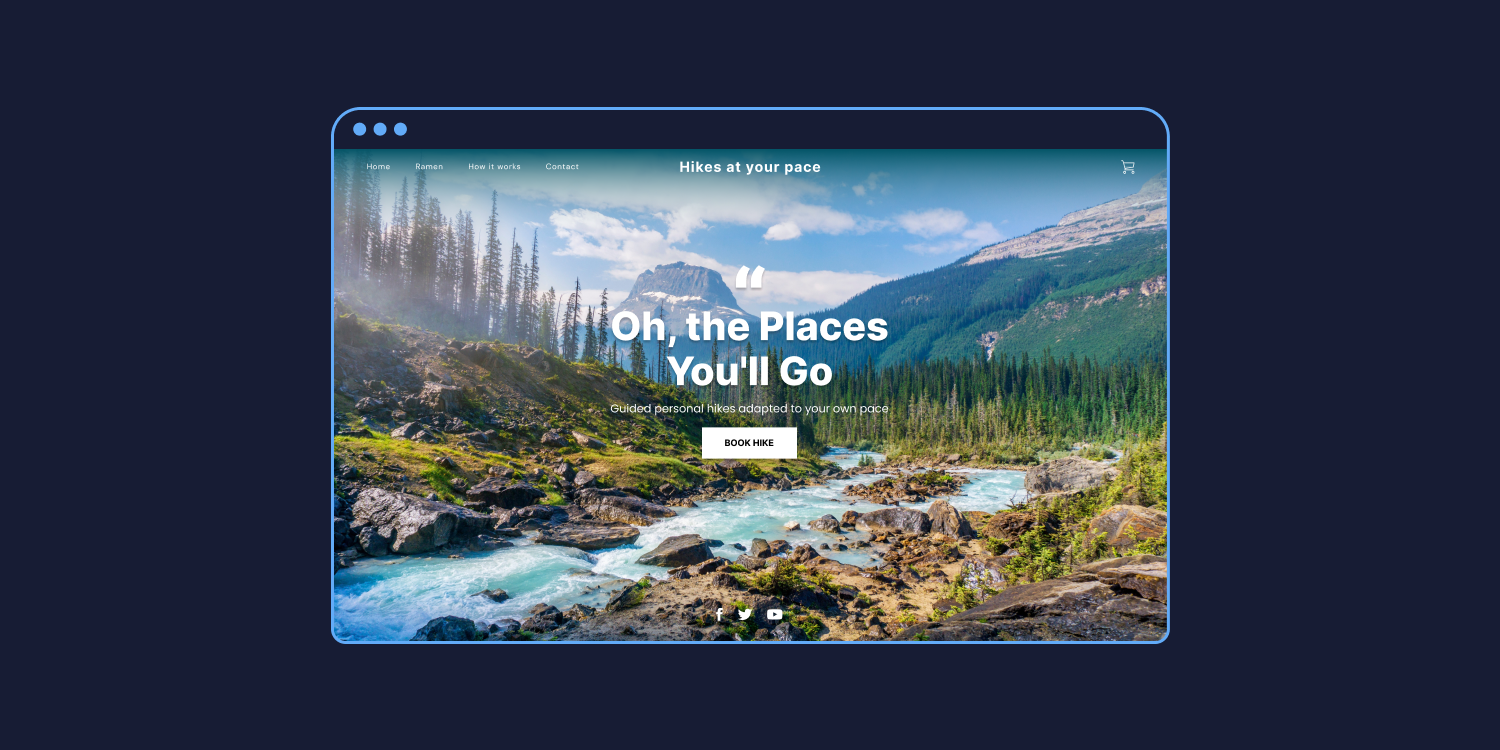Friends, it is finally time to share Duda’s vision for eCommerce.
We’ve been hard at work researching, coding, designing. With our open beta, we are now taking the first public step on an exciting journey:
Shipping a next-generation eCommerce solution to empower web professionals.
“Isn’t the eComm market too crowded?”
We’ve been hearing that for nearly a decade.
Yet we have found a strong market segment, developed a new product, and are confident in a new vision for building eCommerce.
Snipcart, the company we acquired last year, served developers and hypertechnical agencies. Professionals who loved to code and customize the heck out of online stores. They were often surgical teams laser-focused on a few client sites.
The product powered fewer sites but more custom ones.
With Duda, we serve ambitious digital agencies & freelancers. They, in turn, serve dozens, hundreds, and sometimes thousands of customers. Most handle all aspects of the digital presence, from web design to marketing. All of them
sell websites.
Guess what they need to sell even more of in this post-Covid world?
eCommerce websites.
Thing is, none of the eComm solutions on the market cater to agencies.
Just to give you an idea, there is an
estimated number of 27,000 web design services businesses in the US in 2022. According to our internal research, extrapolating it globally inflates that number to over 45,000. For SEO & Internet marketing consultants in the US,
that number booms to 176,064. Globally, it increases roughly to 360,000.
You may think, “Duh, most site builders empower business owners to build stores themselves. No need for agencies!” We’ve heard similar remarks about AI replacing developers or design tools replacing designers.
I used to think that. After talking with dozens of business and agency owners and skimming through market data, I don’t.
Agency productivity
You know what business owners like? Building their businesses. Savvy entrepreneurs hire people who excel at what they do. People who possess skills they do not. Enter web professionals.
Many, many entrepreneurs
want to work with web professionals — not to go DIY with a self-serve platform. They would rather focus on perfecting their products & services, growing their teams, and supporting their clients.
You know what web professionals like? Scaling their businesses. Getting more clients, bigger clients. Shaving costs. Selling more services. For them,
a modern eComm platform should enable agency productivity.
What does this mean? It’s helping them:
Sell their services (white-labeled if needed)- Build web experiences as a team
- Collaborate with clients
- Upsell and bill clients
All eComm solutions offer
some of these. None offers
all of these.
This is what we’re building.
For non-transactional sites, Duda’s platform has proven to decrease build times
by over 70% for agencies. We’re going down the same route for eComm.
Agencies will build more online stores and spend less time & money doing so. All that
without sacrificing customizability.
How?
Design flexibility
Solutions with high design flexibility typically come with heavy costs in time or dev/design fees.
We crafted our eCommerce pages editor to keep the benefit and cut the costs. It’s design flexibility without code or expensive designers:
UI essentials- Efficient workflows
- Customization power
- Image management
Many industry leaders offer a fair level of customizability via theme selection, theme editor, sections, or blocks.
However, to really customize these sites, you’d need to use an additional, paid service like Shogun Page Builder or PageFly. Or write lots of custom (expensive) code.
There’s a schism here. A breakdown between a store management platform and an eCommerce design solution. With Duda native eComm, we’re bridging that gap. Store management is built-in—with feature scope growing over time. Store design is baked in, building upon the existing drag & drop editor and widget builder. You have a granular page “elements” control instead of “sections” to re-order.
In a seamless sea of similar templates, agencies should be able to make online stores stand out. To differentiate brands, build loyalty, and drive repeat sales.
Performance
If you really want to increase performance and design customization with popular platforms, you can go the headless route, which implies much higher platform, development, and design costs. It’s super powerful, and high-performing, high-growth eComm sites can most definitely benefit from exploring it.
For Duda agencies, we’re crafting a more straightforward experience. We’ve invested heavily in
Core Web Vitals, making sites turbo-fast out of the box. You can
look it up.
Page speed is crucial for successful online stores (and for the success of any site for that matter). Fast checkouts equal fat payouts. Plus, search engines love light-speed load times.
Now, multiple features & apps is great for functionality — but if it drops your performance score, that tailwind becomes a head one.
Especially if it’s hurting your SEO. Google still is a reliable, potent source of qualified organic traffic. Best not to sleep on this channel.
What now?
We just opened the doors of Duda native eComm’s beta. Now we keep learning and building. We’ll reach a broader feature set in 2023. We’ll share updates with users & subscribers about our progress —
stay in the
loop.
Exciting things are shaping up around our eComm push: paid memberships, content collection, recurring subscriptions, modular payment forms, customizable carts & checkouts… and much, much more.
All of that built with agencies in mind, all accessible via extendable APIs.
The eCommerce feature race is never-ending. We will never win it, and we don’t want to. By focusing on our key market segment, we will have the biggest impact on online commerce we can have.
Every day, we will write code, design products, and craft content with one goal in mind:
Strengthen the special relationship many, many SMBs have with digital agencies.
The future of eCommerce is messy, patchy, and ripe with growth potential. We’re making our corner of it a beautiful place where businesses can scale and more money can be transacted online for more people. Join us, or build your own corner—there’s room.
Learn more about Duda’s native eCommerce.










